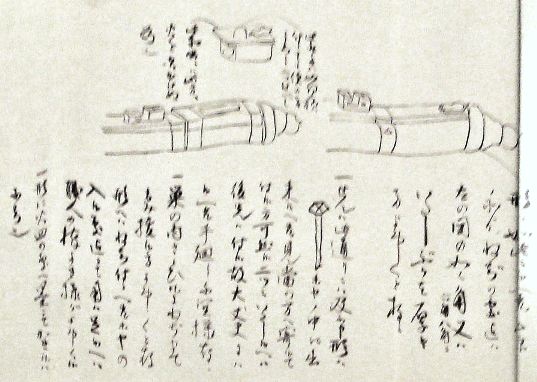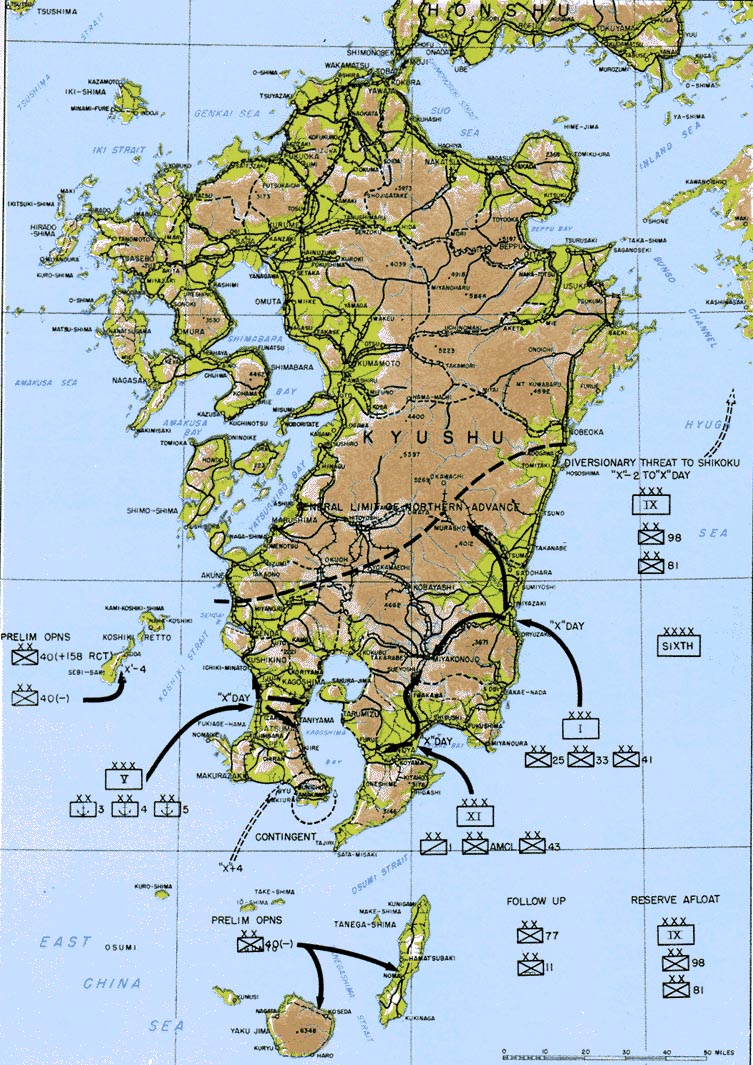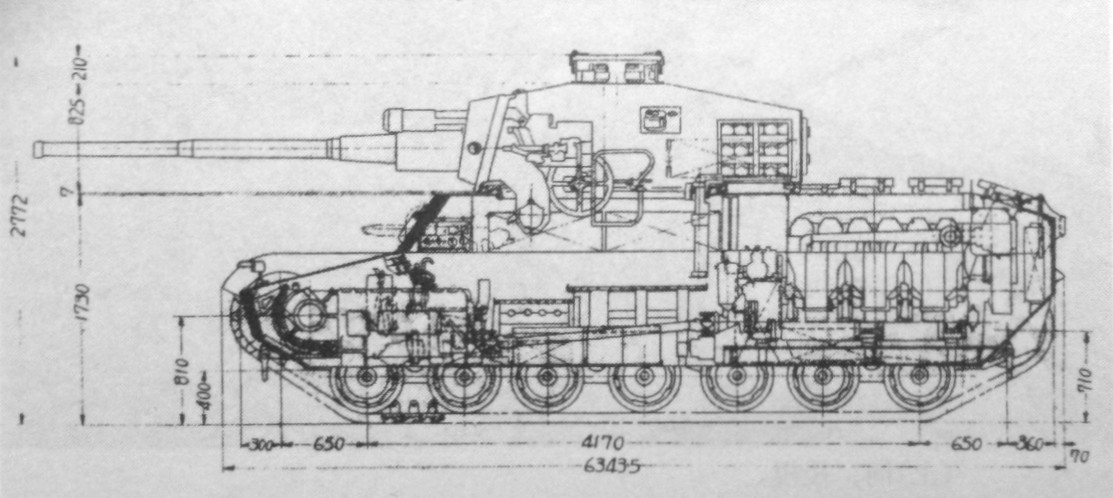|
Type 4 75 Mm AA Gun
The was an anti-aircraft gun developed by the Imperial Japanese Army. They started producing the gun in 1943. The Type 4 number was designated for the year the gun was accepted, 2604 in the Japanese imperial year calendar, or 1944 in the Gregorian calendar.War Department TM-E-30-480 ''Handbook on Japanese Military Forces'' September 1944 p 400 Due to the lack of raw materials available and the great damage by air raids to its industrial infrastructure, only 70 units were made. These units were retained for defense of the Japanese home islands during World War II. History and development In 1927, the Bofors company of Sweden had designed a new 75 mm AA gun which was purchased by the Royal Swedish Navy. This was developed into a mobile anti-aircraft gun with a carriage which had wheels, and was exported to the Republic of China, Persia, and Thailand. Japanese forces captured examples of the Bofors M29 75mm AA gun from the National Revolutionary Army of the Kuomintang govern ... [...More Info...] [...Related Items...] OR: [Wikipedia] [Google] [Baidu] |
Anti-aircraft Gun
Anti-aircraft warfare, counter-air or air defence forces is the battlespace response to aerial warfare, defined by NATO as "all measures designed to nullify or reduce the effectiveness of hostile air action".AAP-6 It includes surface based, subsurface ( submarine launched), and air-based weapon systems, associated sensor systems, command and control arrangements, and passive measures (e.g. barrage balloons). It may be used to protect naval, ground, and air forces in any location. However, for most countries, the main effort has tended to be homeland defence. NATO refers to airborne air defence as counter-air and naval air defence as anti-aircraft warfare. Missile defence is an extension of air defence, as are initiatives to adapt air defence to the task of intercepting any projectile in flight. In some countries, such as Britain and Germany during the Second World War, the Soviet Union, and modern NATO and the United States, ground-based air defence and air defence aircraf ... [...More Info...] [...Related Items...] OR: [Wikipedia] [Google] [Baidu] |
Air Raids On Japan
Air raids conducted by Allied forces on Japan during World War II caused extensive destruction to the country's cities and killed between 241,000 and 900,000 people. During the first years of the Pacific War these attacks were limited to the Doolittle Raid in April 1942 and small-scale raids on military positions in the Kuril Islands from mid-1943. Strategic bombing raids began in June 1944 and continued until the end of the war in August 1945. Allied naval and land-based tactical air units also attacked Japan during 1945. The United States military air campaign waged against Japan began in earnest in mid-1944 and intensified during the war's last months. While plans for attacks on Japan had been prepared prior to the Pacific War, these could not begin until the long-range B-29 Superfortress bomber was ready for combat. From June 1944 until January 1945, B-29s stationed in India staged through bases in China to make a series of nine raids on targets in western Japan, but this ... [...More Info...] [...Related Items...] OR: [Wikipedia] [Google] [Baidu] |
Anti-aircraft Guns Of Japan
Anti-aircraft warfare, counter-air or air defence forces is the battlespace response to aerial warfare, defined by NATO as "all measures designed to nullify or reduce the effectiveness of hostile air action".AAP-6 It includes surface based, subsurface ( submarine launched), and air-based weapon systems, associated sensor systems, command and control arrangements, and passive measures (e.g. barrage balloons). It may be used to protect naval, ground, and air forces in any location. However, for most countries, the main effort has tended to be homeland defence. NATO refers to airborne air defence as counter-air and naval air defence as anti-aircraft warfare. Missile defence is an extension of air defence, as are initiatives to adapt air defence to the task of intercepting any projectile in flight. In some countries, such as Britain and Germany during the Second World War, the Soviet Union, and modern NATO and the United States, ground-based air defence and air defence aircraft h ... [...More Info...] [...Related Items...] OR: [Wikipedia] [Google] [Baidu] |
World War II Anti-aircraft Guns
In its most general sense, the term "world" refers to the totality of entities, to the whole of reality or to everything that is. The nature of the world has been conceptualized differently in different fields. Some conceptions see the world as unique while others talk of a "plurality of worlds". Some treat the world as one simple object while others analyze the world as a complex made up of many parts. In ''scientific cosmology'' the world or universe is commonly defined as " e totality of all space and time; all that is, has been, and will be". '' Theories of modality'', on the other hand, talk of possible worlds as complete and consistent ways how things could have been. ''Phenomenology'', starting from the horizon of co-given objects present in the periphery of every experience, defines the world as the biggest horizon or the "horizon of all horizons". In ''philosophy of mind'', the world is commonly contrasted with the mind as that which is represented by the mind. ''Th ... [...More Info...] [...Related Items...] OR: [Wikipedia] [Google] [Baidu] |
75 Mm Artillery (the 75, or, French 75)
{{Numberdis ...
75 may refer to: * 75 (number) * one of the years 75 BC, AD 75, 1875 CE, 1975 CE, 2075 CE * ''75'' (album), an album by Joe Zawinul * M75 (other), including "Model 75" * Highway 75, see List of highways numbered 75 *Alfa Romeo 75, a car produced by Alfa Romeo See also * * * * 1975 (other) * 1875 (other) * Canon de 75 modèle 1897 The French 75 mm field gun was a quick-firing field artillery piece adopted in March 1898. Its official French designation was: Matériel de 75mm Mle 1897. It was commonly known as the French 75, simply the 75 and Soixante-Quinze (French ... [...More Info...] [...Related Items...] OR: [Wikipedia] [Google] [Baidu] |
Artillery Of Japan
Artillery in Japan was first used during the Sengoku period in the 16th century; and its use has continued to develop. History 13th to 17th century Due to its proximity with China, Japan had long been familiar with gunpowder. Primitive cannons seem to have appeared in Japan around 1270, as simple metal tubes invented in China and called ''Teppō'' (鉄砲 Lit. "Iron cannon"). They don't seem to have been used extensively however, and cannon usage would only become major after the arrival of the Portuguese in 1543. A few light cannon pieces were used at the Battle of Nagashino in 1575, but the first cannons entirely made by the Japanese were cast a few months after the battle. They were bronze two-pounders, about 9 feet long, and were delivered to the warlord Oda Nobunaga. The first Japanese matchlock guns were designed by the Japanese after Tanegashima Tokitaka bought two matchlock guns from Portuguese adventurers who were aboard a Chinese junk ship in Tanegashima. Within ten ... [...More Info...] [...Related Items...] OR: [Wikipedia] [Google] [Baidu] |
Operation Downfall
Operation Downfall was the proposed Allied plan for the invasion of the Japanese home islands near the end of World War II. The planned operation was canceled when Japan surrendered following the atomic bombings of Hiroshima and Nagasaki, the Soviet declaration of war, and the invasion of Manchuria. The operation had two parts: Operation Olympic and Operation Coronet. Set to begin in November 1945, Operation Olympic was intended to capture the southern third of the southernmost main Japanese island, Kyūshū, with the recently captured island of Okinawa to be used as a staging area. In early 1946 would come Operation Coronet, the planned invasion of the Kantō Plain, near Tokyo, on the main Japanese island of Honshu. Airbases on Kyūshū captured in Operation Olympic would allow land-based air support for Operation Coronet. If Downfall had taken place, it would have been the largest amphibious operation in history, surpassing D-Day. Japan's geography made this invasion pl ... [...More Info...] [...Related Items...] OR: [Wikipedia] [Google] [Baidu] |
Japanese Home Islands
The Japanese archipelago (Japanese: 日本列島, ''Nihon rettō'') is a group of 6,852 islands that form the country of Japan, as well as the Russian island of Sakhalin. It extends over from the Sea of Okhotsk in the northeast to the East China and Philippine Seas in the southwest along the Pacific Ocean coast of the Eurasian continent, and consists of three island arcs from north to south: the Northeastern and Southwestern Japan Arcs, and the Ryukyu Island Arc. The Kuril Island Arc, the Daitō Islands, and the Nanpō Islands are not parts of the archipelago. Japan is the largest island country in East Asia and the fourth-largest island country in the world with . It has an exclusive economic zone of . Terminology The term "mainland Japan" is used to distinguish the large islands of the Japanese archipelago from the remote, smaller islands; it refers to the main islands of Hokkaido, Honshu, Kyushu and Shikoku. From 1943 until the end of the Pacific War, Karafuto Pref ... [...More Info...] [...Related Items...] OR: [Wikipedia] [Google] [Baidu] |
Breech-loading Weapon
A breechloader is a firearm in which the user loads the ammunition (cartridge or shell) via the rear (breech) end of its barrel, as opposed to a muzzleloader, which loads ammunition via the front ( muzzle). Modern firearms are generally breech-loading – except for replicas of vintage weapons. Early firearms before the mid-19th century were almost entirely muzzle-loading. Mortars and the Russian GP-25 grenade launcher are the only muzzleloaders remaining in frequent modern usage. However, referring to a weapon specifically as breech loading is mostly limited to single-shot or otherwise non-repeating firearms, such as double-barreled shotguns. Breech-loading provides the advantage of reduced reloading time, because it is far quicker to load the projectile and propellant into the chamber of a gun/cannon than to reach all the way over to the front end to load ammunition and then push them back down a long tube – especially when the projectile fits tightly and the ... [...More Info...] [...Related Items...] OR: [Wikipedia] [Google] [Baidu] |
Gun Barrel
A gun barrel is a crucial part of gun-type weapons such as small firearms, artillery pieces, and air guns. It is the straight shooting tube, usually made of rigid high-strength metal, through which a contained rapid expansion of high-pressure gas(es) is used to propel a projectile out of the front end ( muzzle) at a high velocity. The hollow interior of the barrel is called the bore, and the diameter of the bore is called its caliber, usually measured in inches or millimetres. The first firearms were made at a time when metallurgy was not advanced enough to cast tubes capable of withstanding the explosive forces of early cannons, so the pipe (often built from staves of metal) needed to be braced periodically along its length for structural reinforcement, producing an appearance somewhat reminiscent of storage barrels being stacked together, hence the English name.''A History of Warfare'' - Keegan, John, Vintage 1993. History Gun barrels are usually metal. However, the e ... [...More Info...] [...Related Items...] OR: [Wikipedia] [Google] [Baidu] |
Medium Tank
A medium tank is a classification of tanks, particularly prevalent during World War II which represented a compromise between the mobility oriented light tanks and the armour and armament oriented heavy tanks. A medium tank's classification is not actually based on weight, but off of tactical usage and intended purpose; for instance the German Panzerkampfwagen V Panther medium tank has a mass similar to contemporary Allied heavy tanks. The most widely produced, cost effective and successful tanks of World War II (the German Panzer IV, the Soviet T-34, and the American M4 Sherman) were all medium tank designs. Many of the medium tank lines became what are called main battle tanks in most countries. History The first tanks to carry the name "Medium" appeared in the First World War with the British Medium Mark A Whippet. It was smaller, lighter and faster than the British heavy tanks of the time and only carried machine guns. The medium tank doctrine came into use in the interwa ... [...More Info...] [...Related Items...] OR: [Wikipedia] [Google] [Baidu] |
Type 4 Chi-To
The ("Imperial Year 2604 Medium Tank Model 7") was one of several medium tanks developed by the Imperial Japanese Army towards the end of World War II. While by far the most advanced Japanese wartime tank to reach production, industrial and material shortages resulted in only a few chassis being manufactured and only two known to be completed. Neither of the completed Type 4 Chi-To tanks saw combat use. Design The Type 4 Chi-To was a thirty-ton medium tank of all-welded construction and had maximum armor thickness of on the frontal plates. Manned by a crew of five, it was long, high, and wide. The main armament was a turret-mounted long-barreled (4.23 m) Type 5 75 mm tank gun capable of being elevated between -6.5 to +20 degrees. An muzzle velocity gave it an armor penetration of at . The tank had a Type 97 heavy tank machine gun mounted in the hull and a ball mount on the side of the turret for a second machine gun. The Type 4's diesel engine was significantly more p ... [...More Info...] [...Related Items...] OR: [Wikipedia] [Google] [Baidu] |







.jpg)
